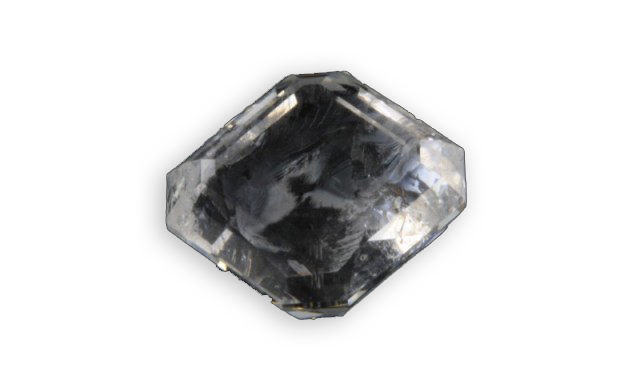
hyalophane
Discovered in 1855, it owes its name to the Greek “hyalos” – glass-, and “Phanos” – which has the appearance.
Je vous emmène à travers mes vidéos découvrir mon expérience acquise depuis plus de 30 ans a silloner le globe entier à la recherche de pierres précieuses, de rencontre mémorables mais aussi de difficulté parfois …

Discovered in 1855, it owes its name to the Greek “hyalos” – glass-, and “Phanos” – which has the appearance.
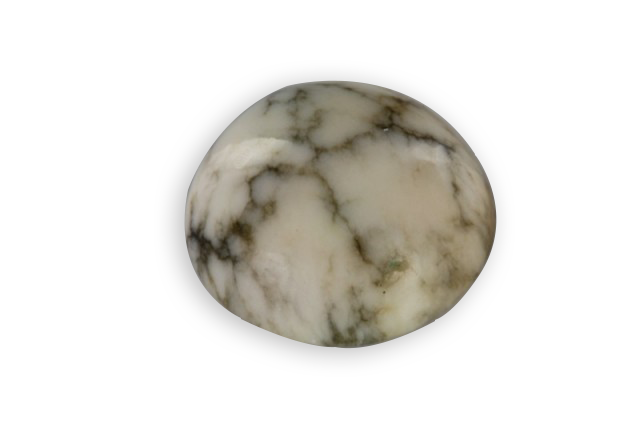
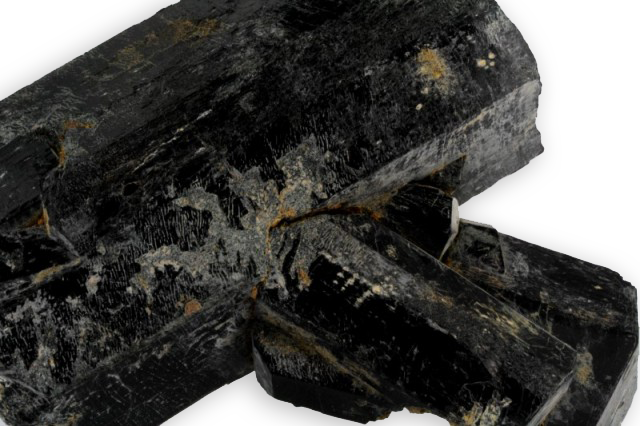
Very common mineral, its name comes from the German “horn” horn “blenden” dazzle. There are many varieties depending on the content of iron, magnesium, calcium etc …
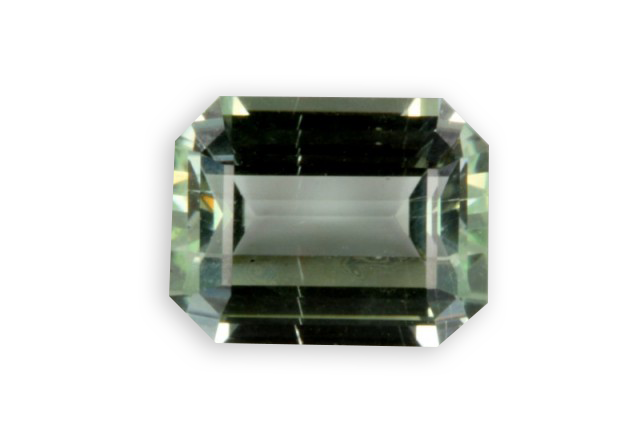
This is a green variety, colored by chromium, of spodumene which is part of the pyroxene group, although green spodumene without chromium are also called Hiddenite. Its name honors W. E. Hidden, who discovered it in 1879 in the U.S. (Alexander County, North Carolina United
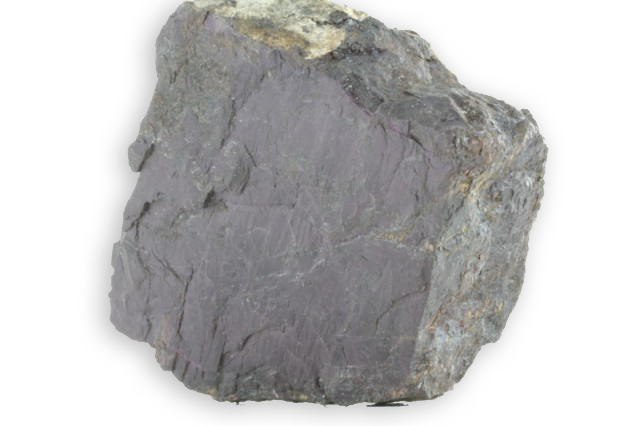
Its name comes from the Greek “hetero”, other, because on the same deposit it was the second mineral containing manganese to be discovered. It forms a group with purpurite, the iron pole of the phosphate is the heterosite and purpurite the manganiferous pole.
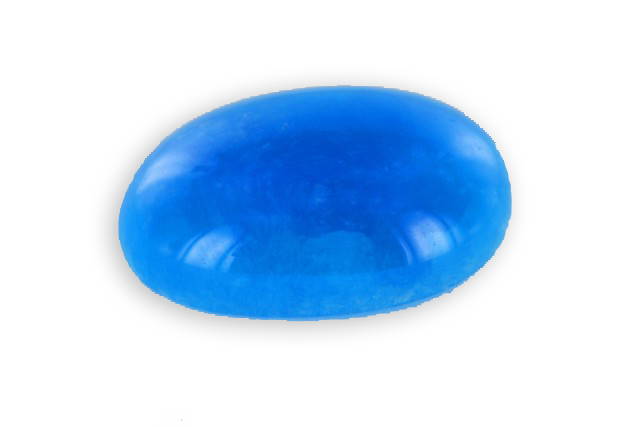
Its name comes from the Greek “hemi,” half and “morpho” to form, due to the different shape of the tip of its doubly terminated crystals. It was identified by Kenngott in 1853. There is a “matrix” form blue and banded. As Tourmaline it presents the